The question of what constitutes green power use is being examined around the world with both the US and Europe moving towards 24/7 time matching – that is, ensuring renewable power is actually used at the time it was generated.
This logical definition is far from the benchmark applied in Australia though, where green power use is recognised with certificates which don’t impose limits on either their time of use nor location.
Such a lax standard could become a big problem for Australia’s burgeoning hydrogen export industry. “If we don’t get the standard to align with European and US standards, then we’re at risk of creating a lot of hydrogen that is B-grade because it doesn’t qualify as a green product,” Grant McDowell, Enosi’s Head of Commercialisation and Strategy, tells pv magazine Australia.
With hydrogen standards still under development, there remains an opportunity to advance the benchmarks but, as Hoy notes, “the runway is getting shorter.”
Coming to terms with the problem
By 2017, Google was matching 100% of the electricity its operations consumed with renewable purchases, giving it RE100 status.
That all sounded great, until, as Steve Hoy puts, “their own engineers called bullshit.”
In fact, Google (spurred by these defiant engineers) found it had used what it calls ‘carbon free energy’ just 66% of 2021 – meaning renewables actually powered its data centres two thirds of the time, while coal and other fossil generation was consumed for the difference.
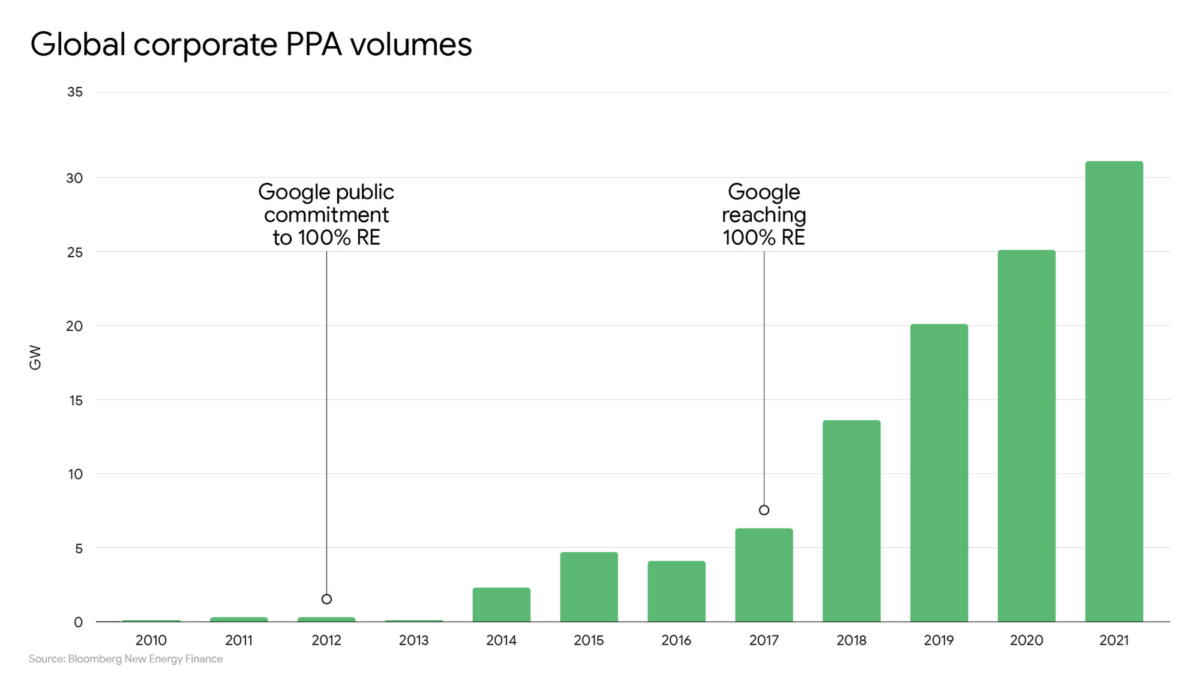
Following on from this discovery, Google set itself a new target of reaching 24/7 carbon-free energy by 2030 – a benchmark it feels needs to be attained to honestly and transparently meet its sustainability goals.
Google’s story is noteworthy because it illustrates the developing cognisance around time matching renewables and the limitations of standards lauded just a few years ago.
Google is not alone in its reexamination of what using 100% renewable electricity actually involves, with Enosi CEO Steve Hoy saying the American tech industry has jumpstarted a “powerful movement” reverberating globally.
In 2021, President Biden signed an Executive Order committing the government to use “100 percent carbon pollution-free electricity by 2030, at least half of which will be locally supplied clean energy to meet 24/7 demand.” More broadly, the US is targeting a carbon pollution-free electricity sector by 2035.
Meanwhile, by 2027 the European Union is proposing hydrogen projects must match the electricity they consume with renewable generation on an hourly basis. In the UK, that time window drops to 30 minutes– meaning to be certified as green, electrolyses really can only run when the dreaded wind is blowing and the sun is shining.
“If we’re going to export to those markets, we’re going to have to get on board,” Hoy says.
Where Australia is at
This idea of time matching renewable power 24/7 has barely cracked into the Australian conscience though. GreenPower, Australia’s government backed program enabling customers to ensure their electricity use is matched with power from verified renewable electricity sources, recently opened itself consultations following an independent review of the program.
A bid to keep pace with the hurdling rate of change in the energy sector, the consultation paper’s first and only mention of 24/7 load matching is on the final page of the document. The fact it’s mentioned at all Hoy deems a “glimmer of hope.”
GreenPower – like the Renewable Energy Target and schemes in Australia – is based on Large-Scale Generation Certificates. These certificates function as a currency for buying and selling renewable energy and are overseen by the Clean Energy Regulator.
The issue with these certificates is they can be created in the middle of the day on January 1 and surrendered is against energy used on the 31st of December in the middle of the night.
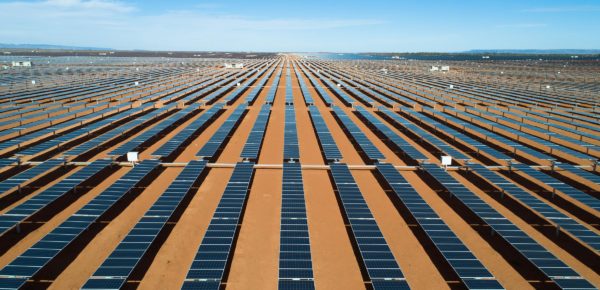
Image: Enel Green Power
As Hoy explains, by buying an LGC what you’ve actually done is spend money to claim you used renewable energy which was, in reality, consumed by whoever is plugged into the grid at the time of generation.
“We’ve got this conflation of LGCs with renewable power,” the Enosi CEO says. LGCs, Hoy adds, have their place but need to be recognised for what they are – a way to subsidise renewable projects. “You’ve subsidised a wind farm, good on you – I’m not saying that’s a bad thing, but you haven’t bought renewable power.”
Moreover, LGCs incentivise solar and wind farms the same as, say, storage projects – even though ventures storing excess daytime power are far more necessary today for Australia to reach a 24/7 renewable grid.
Why this matters for hydrogen
This puts Australia in something of an “absurd situation,” as Hoy calls it, where electrolysers could run all night and claim to be green – even though the actual electricity used likely came from coal generators.
The Australian government is currently in the process of developing its hydrogen Guarantee of Origin (GO) scheme. Under the previous coalition government, Hoy says the standard being looked at was very much cut and dry based on LGCs purchases.
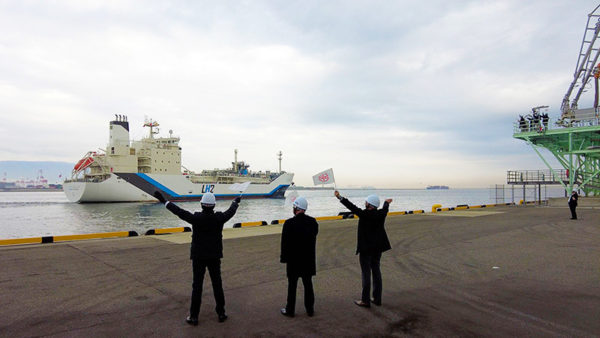
Image: HySTRA
“That’s not great, and that’s not actually green in my view and a lot of people’s views,” he says.“Don’t run the electrolyser all night and tell me the solar farm powered it. It’s rubbish.”
The tune, he says, has changed somewhat since the election though – another glimmer of hope. According to Hoy, questions are now being asked within these government agencies about certifying hydrogen project’s electricity time of use and location.
The Federal Department of Climate Change, Energy, the Environment and Water, the lead policy agency in the development of the hydrogen Guarantee of Origin scheme, told pv magazine Australia it will provide an “internationally-accepted scheme for low emissions products… based on an international methodology for calculating the emissions associated with hydrogen production.”
Exactly what that looks like is still up for debate and it is unclear which direction any “international methodology” will take.
Coming back to GreenPower, it told pv magazine Australia it “is open to trialling 24/7 firmed renewable energy products with interested retailers.” It noted “this type of product will become more important in the coming years” saying “Greenpower looks forward to hearing from stakeholders through the current consultation what role they expect real time 24/7 matching will play, and how it can work in practice in an Australian context.”
What goes into tracing power
Tracing the origin of electricity is really an accounting game since certifying electrons is beyond our grasp.
To even start thinking about tracing, a key condition first needs to be met: the generation source and the user need to be in the same grid. This sounds logical but Australia has several separated grids, including the National Electricity Market (including NSW, Victoria, Queensland, South Australia and Tasmania), the South West Interconnected System (SWIS) and North West Interconnected System (NWIS) in Western Australia, and the Northern Network grid in the NT.
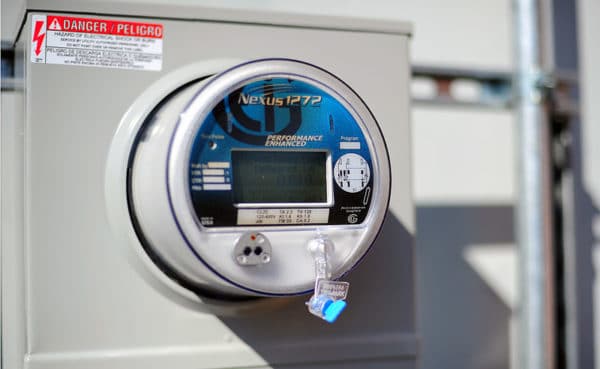
What happens in power tracing is like looking at a lake – essentially you measure the what comes in and what goes out at any moment. This time reference is crucial – but it is not something we’ve always been capable of measuring.
When Australia’s Renewable Energy Target (RET) scheme was brought in 20 odd years ago, smart meters were not standard – which Hoy says as led to some of the shortfalls in the LGC scheme today.
“But now you can do it [time match], there’s a very good case that we should,” he says.
With today’s technology, it is entirely feasible to match generation and consumption within a grid at a fairly granular level. As this becomes more commonplace, Enosi’s Grant McDowell says he would like to see energy contracts linked to generation types. People could then opt for, say, a solar contract, where they should be able to get cheaper power through the grid because solar has by far the lowest cost of generation.
This, McDowell says, would set off a positive feedback loop in which cheaper pricing would drive demand and load shifting – a behaviour change around when consumers use their energy. Getting cheaper power by opting for solar and wind, which is also a low cost generation form, could then help equalise the higher prices of energy from battery and other storage technologies. Such a set up could help renewable contracts balance out to be competitive and drive uptake.
“More importantly, in energy terms you’re [actually] at 100% renewable and what we call True Zero,” McDowell says.
In the meantime, Hoy thinks councils and companies which have attained RE100 status shouldn’t shy away from following in the footsteps of Google and reexamining their power usage. He believes 66% should be worn as a “badge of honour” because time matched renewable use is a difficult standard to attain – but it is a more honest form of assessment and helps build awareness that we’re not there yet.
True zero, not net zero, needs to be the aim of the game if we’re going to turn our systems green.
This content is protected by copyright and may not be reused. If you want to cooperate with us and would like to reuse some of our content, please contact: editors@pv-magazine.com.
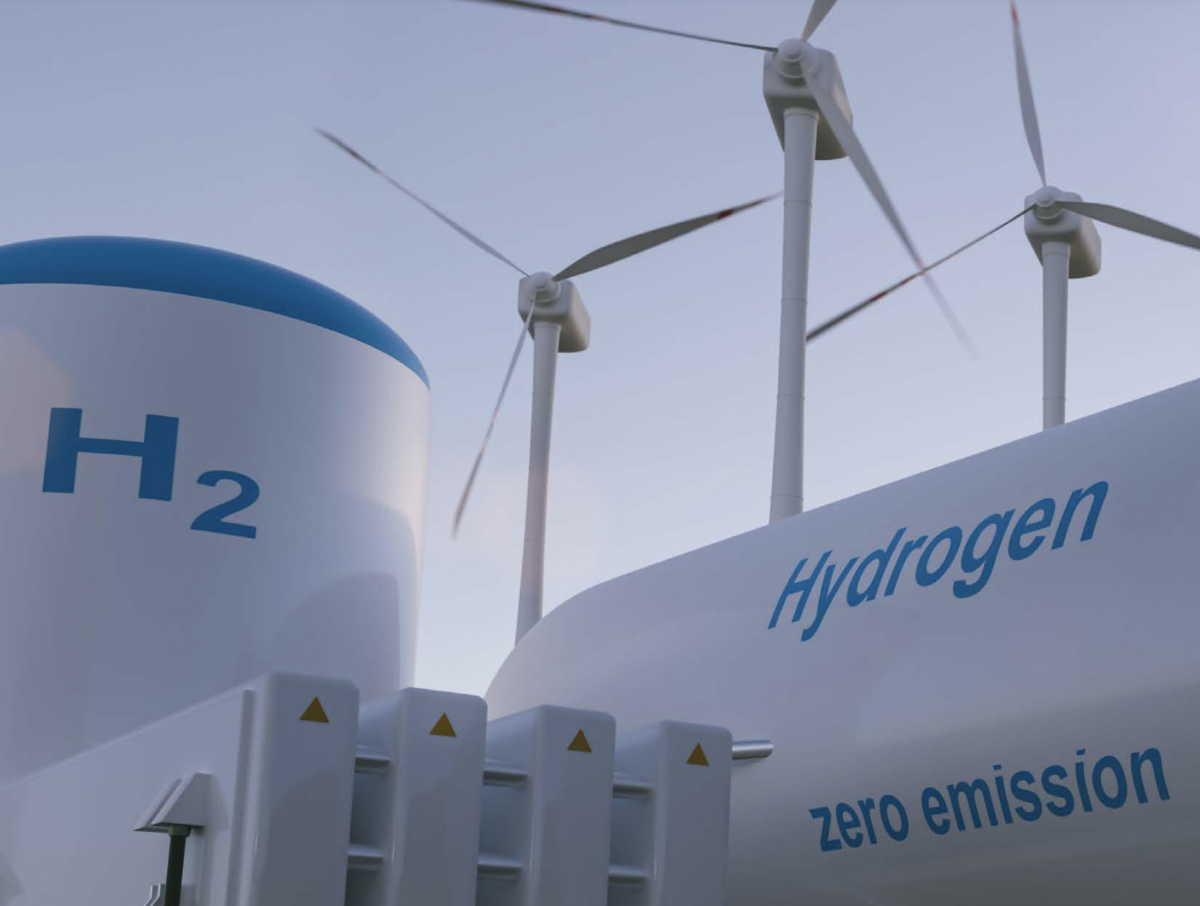








5 comments
By submitting this form you agree to pv magazine using your data for the purposes of publishing your comment.
Your personal data will only be disclosed or otherwise transmitted to third parties for the purposes of spam filtering or if this is necessary for technical maintenance of the website. Any other transfer to third parties will not take place unless this is justified on the basis of applicable data protection regulations or if pv magazine is legally obliged to do so.
You may revoke this consent at any time with effect for the future, in which case your personal data will be deleted immediately. Otherwise, your data will be deleted if pv magazine has processed your request or the purpose of data storage is fulfilled.
Further information on data privacy can be found in our Data Protection Policy.